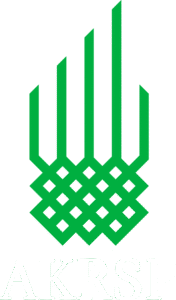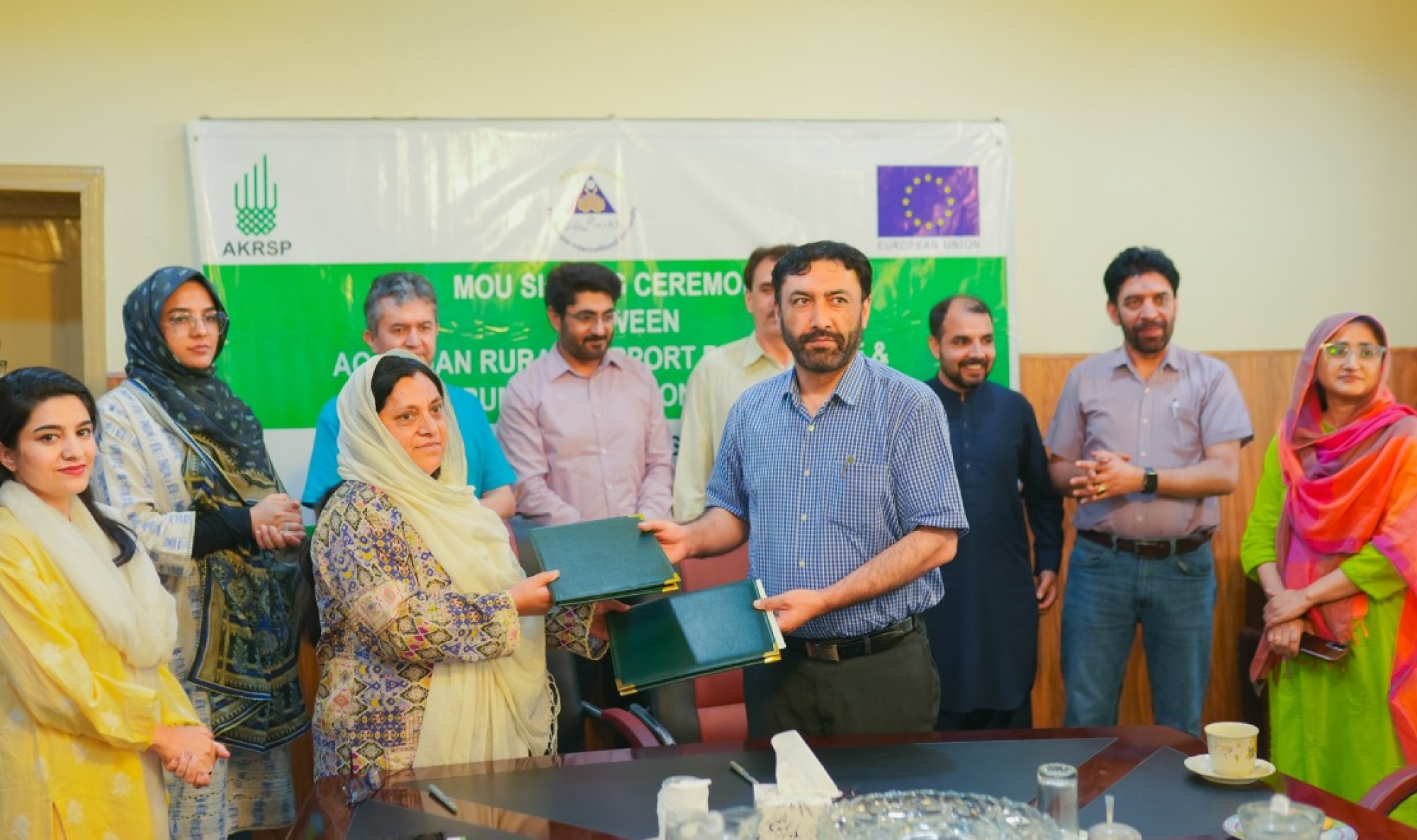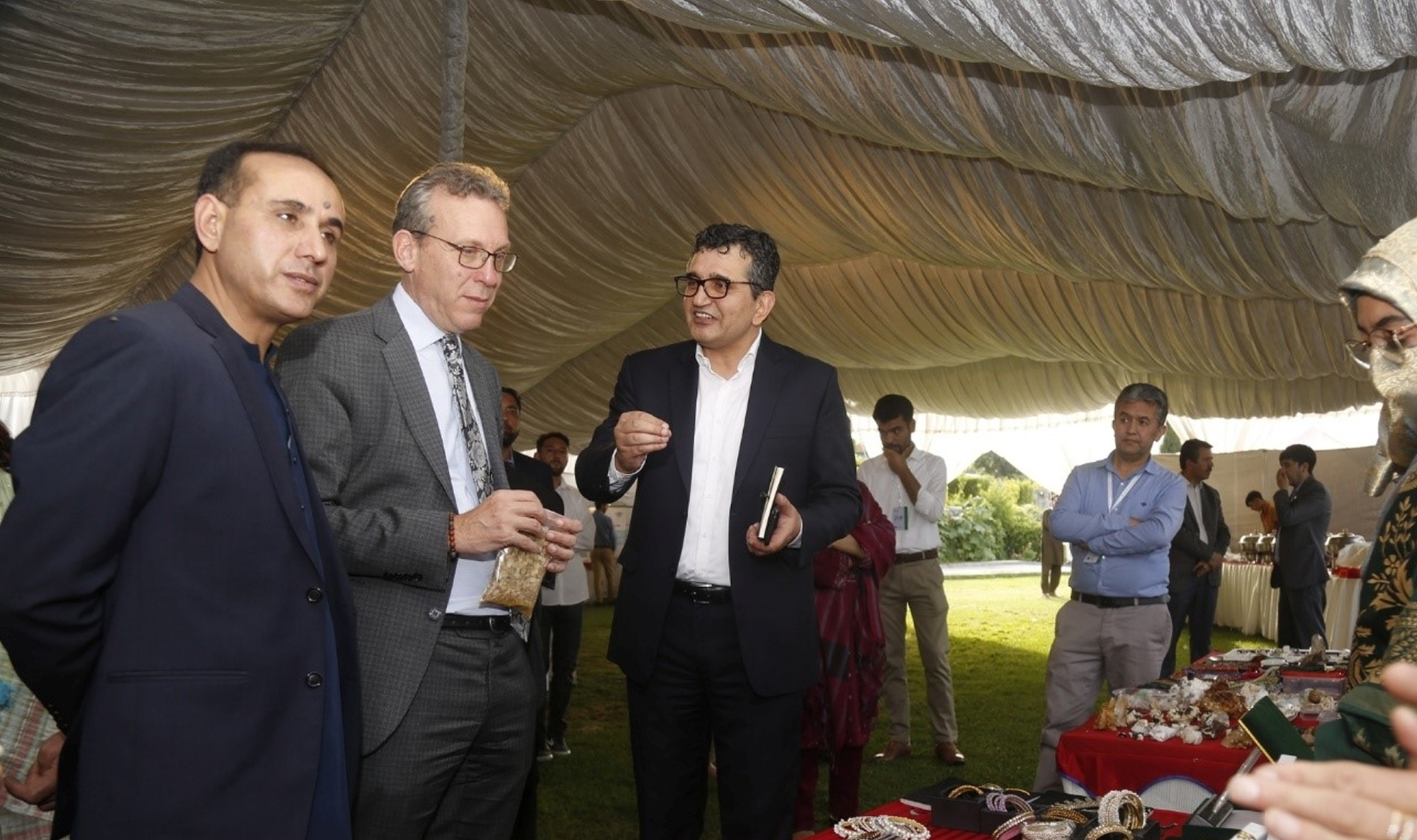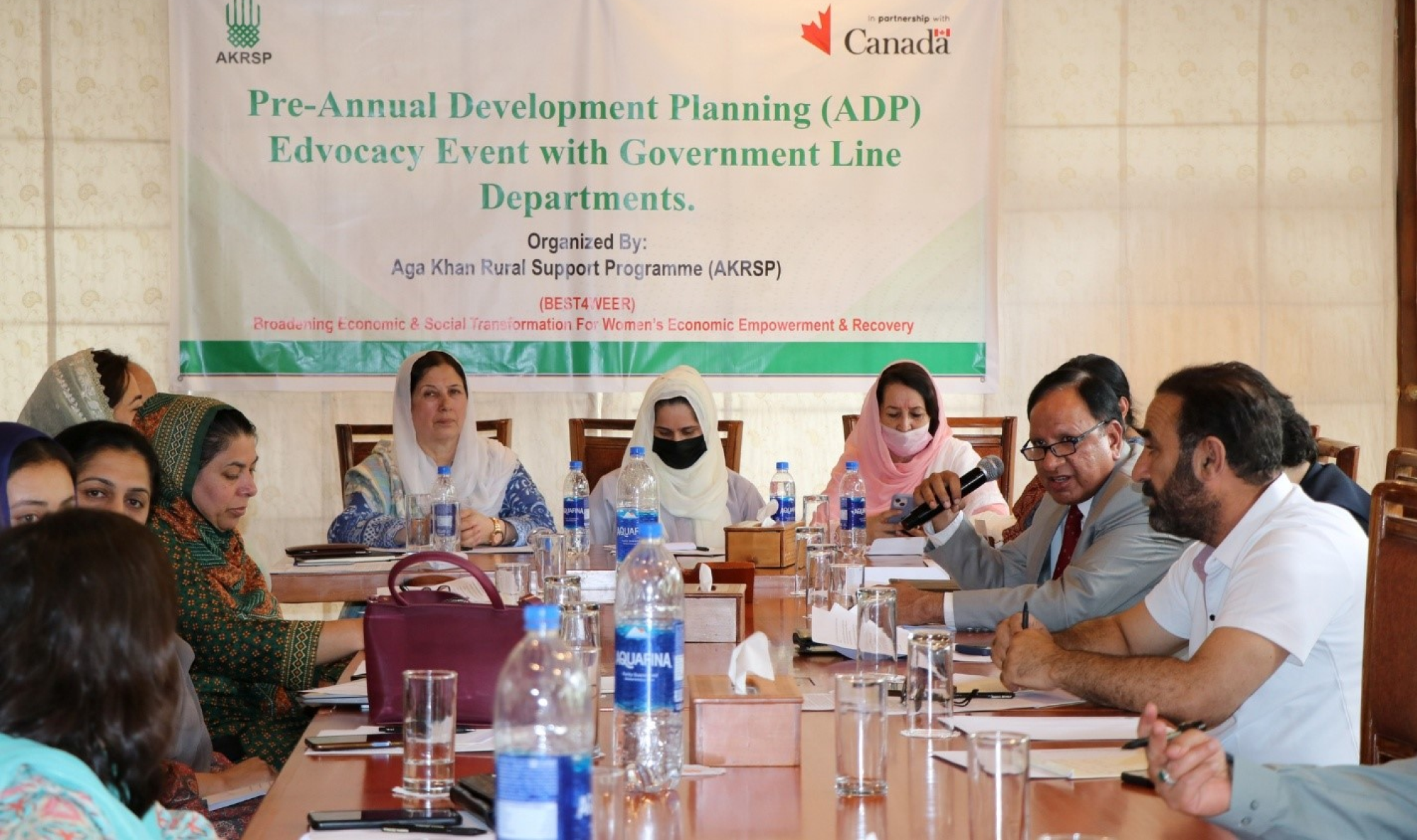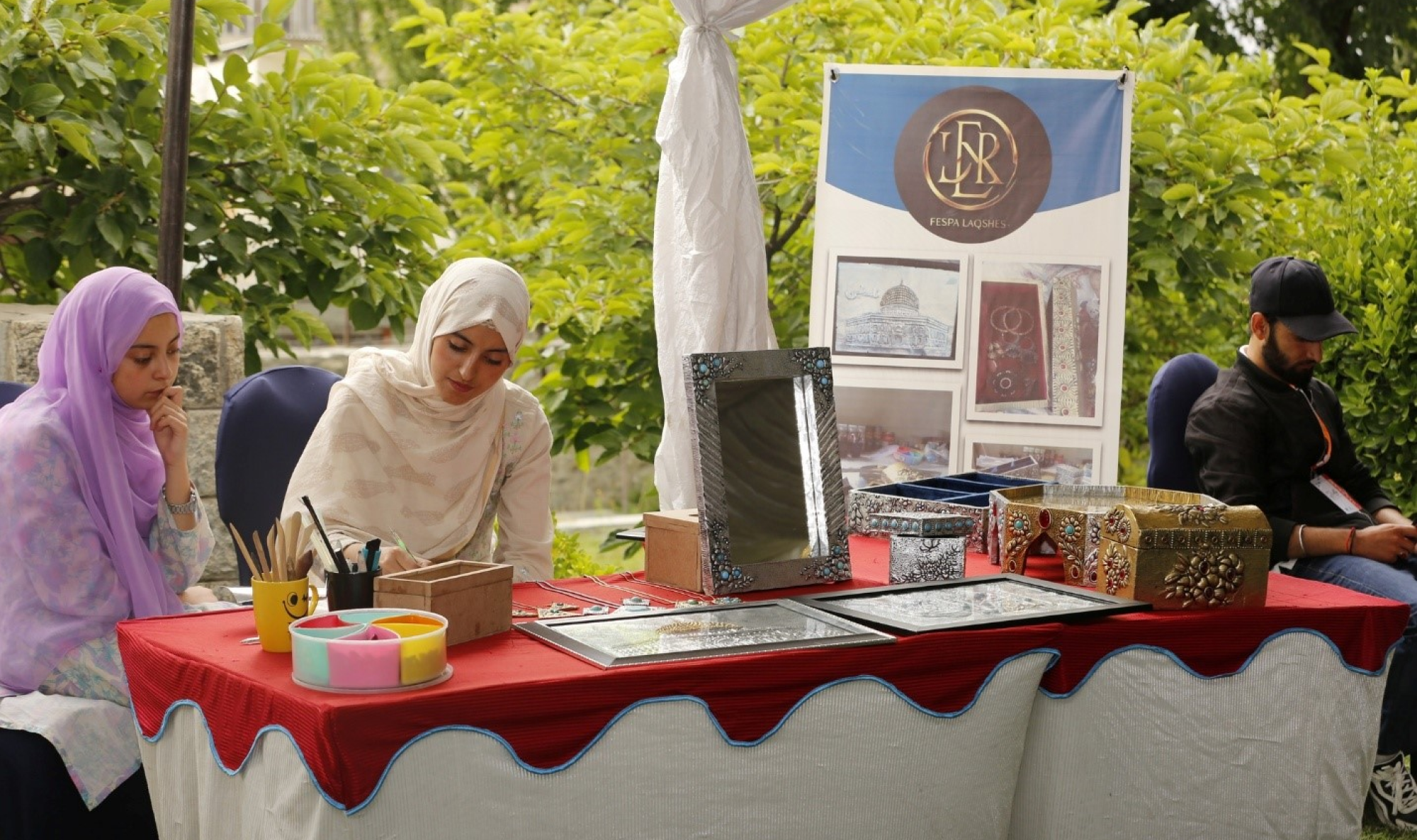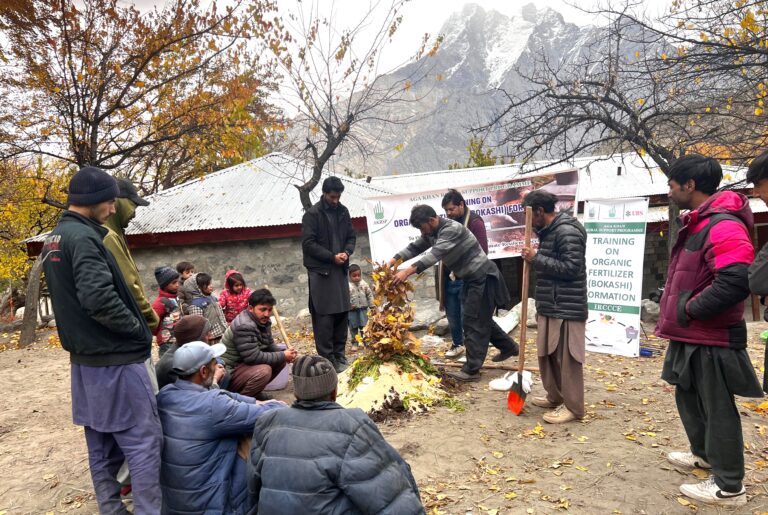
Agriculture and Food Security
Agriculture and Food Security
Thematic Goal
Enhance agriculture, food security, nutrition security, and income security, along with improving agricultural infrastructure and promoting environmental sustainability.
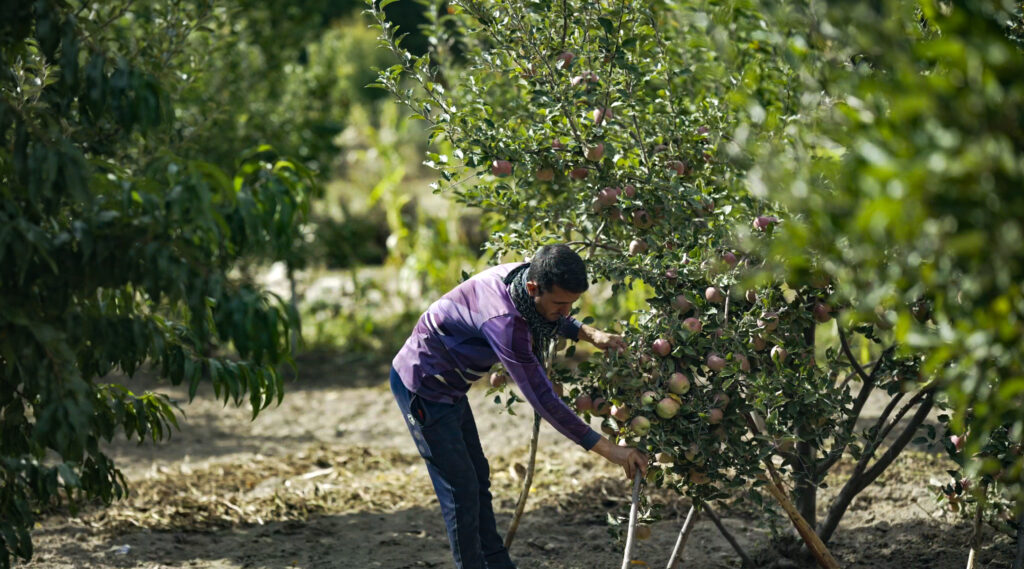
The Context
AKRSP’s programme area Gilgit-Baltistan and Chitral are high-altitude regions with unique agricultural challenges and opportunities. The terrain, climate, and limited arable land make agriculture a difficult yet crucial endeavor for local communities. Most farming here is subsistence-based, with single crop zones dominating the landscape. Livestock also plays a significant role in the livelihoods of many families.
In contrast, AKRSP’s programme area in Sindh, Thatta and Sujawal, is characterised by coastal and riverine landscapes, where agriculture relies heavily on the Indus River system. Despite the region’s potential for rice and fishing-based economies, recurrent floods, soil salinity, water shortages, and limited access to modern agricultural techniques pose significant challenges.
These areas still face issues such as food insecurity, under-nutrition, and limited agricultural infrastructure, which hinder the potential for sustainable development and economic growth. The impact of climate change is increasingly felt in these regions, exacerbating water scarcity and affecting crop yields. Innovative solutions and sustainable practices are needed to improve food security and nutrition, increase income security, and ensure environmental sustainability.
Key Intervention Areas
Based on the challenges and potentials, AKRSP focuses on interventions in agricultural livelihoods, regenerative and nutrition-sensitive food systems, and rural infrastructure, working alongside the government, partners, and community organisations.

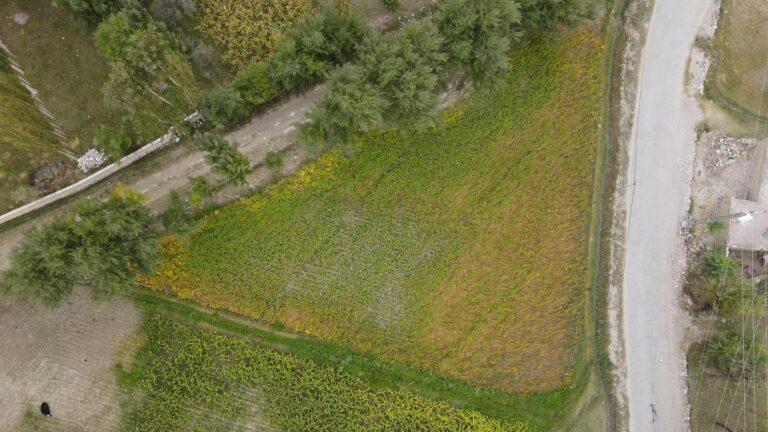
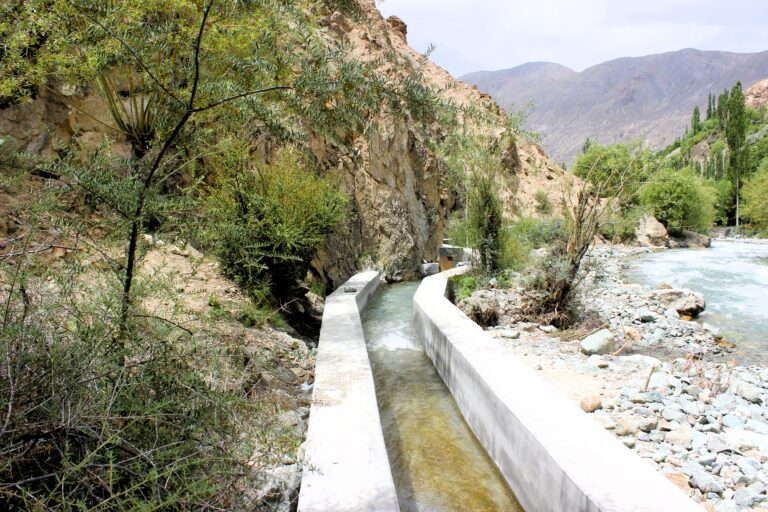
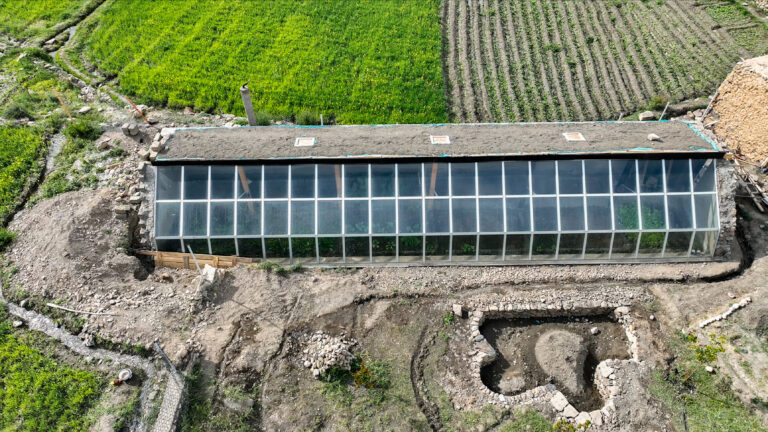
Achievements & Impacts:
Since its inception, AKRSP has been dedicated to enhancing agriculture and ensuring food security in Gilgit-Baltistan and Chitral. Increased agricultural productivity has led to higher incomes for farmers, improved nutrition for families, and greater economic stability for communities.
131,912 Ha
New Land Developed for cultivation
4 million
Fruit Trees Planted
2,173
Irrigation Projects
500
Passive Solar Greenhouses
55
Solar-Power Lift Irrigation
